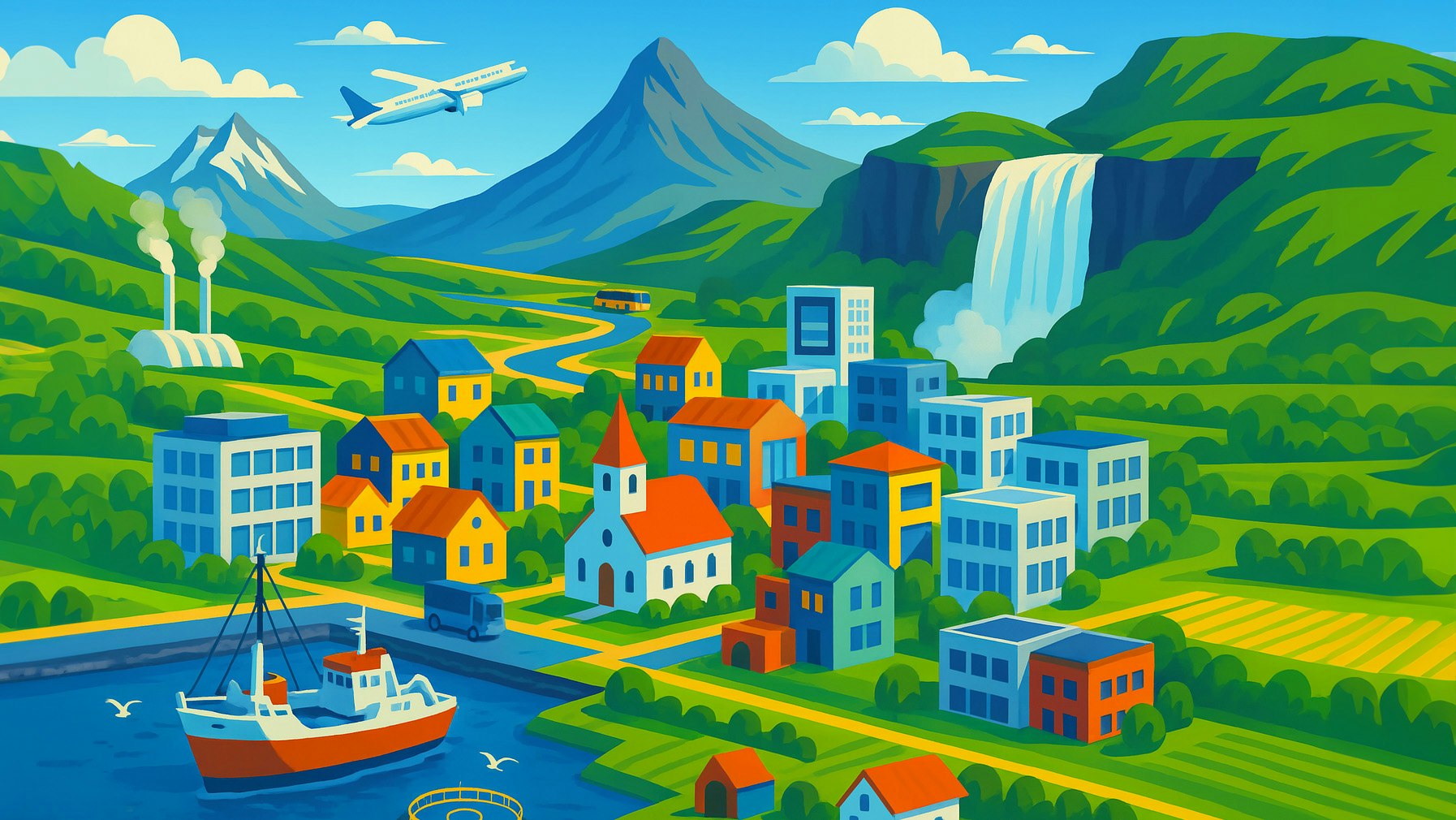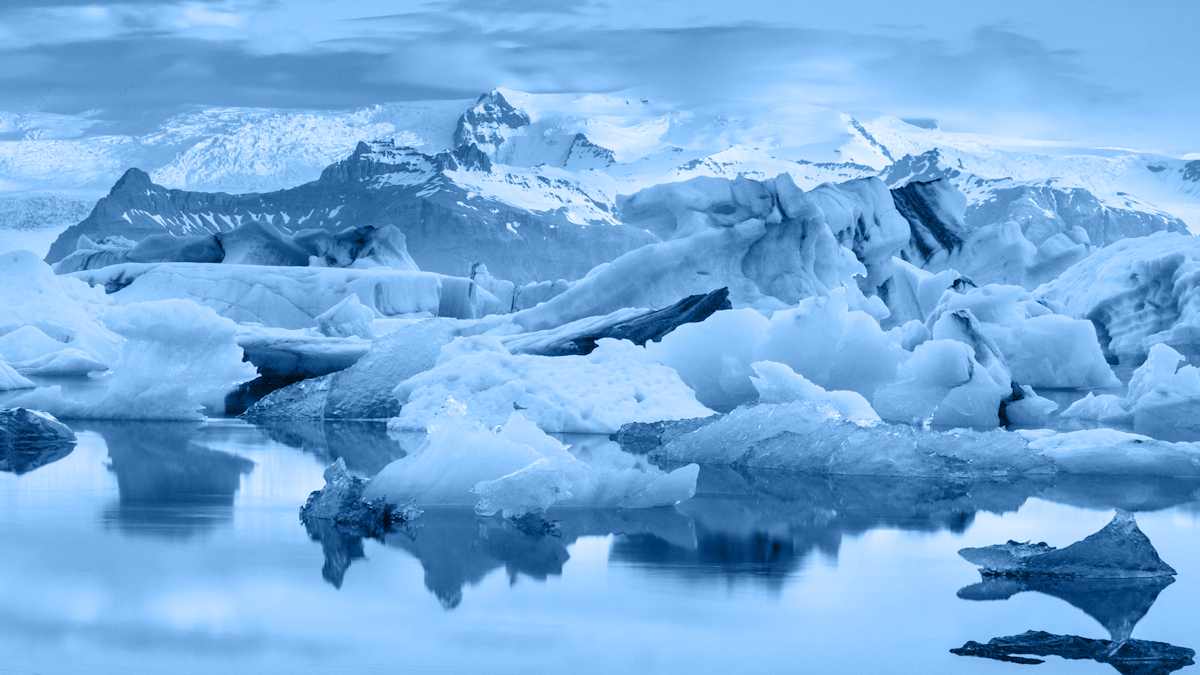The Icelandic Economy 2025
Iceland’s economy slowed down last year after a strong recovery, but the outlook for coming years is optimistic. The population grows rapidly, mostly thanks to immigration. Export industries have strengthened significantly. The country continues to improve it's competitiveness. All this and more are covered in the latest edition of The Icelandic Economy.

The Iceland Chamber of Commerce has published a new edition of The Icelandic Economy, a report offering a unique and comprehensive overview of the economy. The report covers the development of short-term indicators, the current state and outlook of the economy, external trade in goods and services, inflation and currency developments and outlook, and other economic insights.
Below is a short excerpt from each of the chapters. The full report is accessible to all members of the Chamber. To download it, log in using your work email. If the email domain belongs to one of the member firms, you will receive a link to log in:
Paywalled content
This content is only available to members of the Chamber.
Sign in or apply for membership to access it.
1. Contraction last year, but growth expected
The Icelandic economy contracted last year after a historic post pandemic growth surge. Economic growth in 2022 measured 8.7%, the highest since 2007, followed by 5% growth in 2023. The economy shrank 0.7% last year, however, current forecasts suggest moderate growth this year.

The Icelandic population continues to expand, driven mainly by immigrants facilitated by Iceland’s participation in the European Economic Area (EEA). The population is expected to reach 400,000 by 2027. Immigrants currently make up 14% of the prime working age population.

2. Exports continue to grow
Exports have grown across all major sectors, surpassing pre-pandemic levels. Exports reached 1.9 trillion ISK in 2024 with the tourism industry being the backbone of exported value. Iceland’s two other main export sectors, marine industry and aluminum smelting also fare well, although marine exports are expected to contract this year.

Iceland has a unique advantage when it comes to green energy. Thanks to its location on two tectonic plates, Iceland has abundant geothermal energy, primarily used for heating. Iceland has also embraced hydropower, used to generate electricity. In fact, all electricity in Iceland’s power grid is produced by renewable sources while oil is used for transport. Iceland’s green energy makes it an attractive destination for energy intensive industry e.g., Aluminium smelting and data centres.

3. Iceland is competitive
Iceland ranks highly in numerous competitive indices. Iceland’s success can be attributed to factors such as a strong institutional framework, skilled workforce, high degree of economic freedom, sound democracy, strong preference for quality and peace, and low levels of corruption.

Iceland ranks 15th out of 69 countries in the IMD world competitiveness ranking, rising two places from last year. A competitive environment is vital for fostering economic growth and raising the standard of living. Although it still ranks below the other Nordic countries, Iceland has steadily caught up with them rising 15 places in 15 years.

Paywalled content
This content is only available to members of the Chamber.
Sign in or apply for membership to access it.


